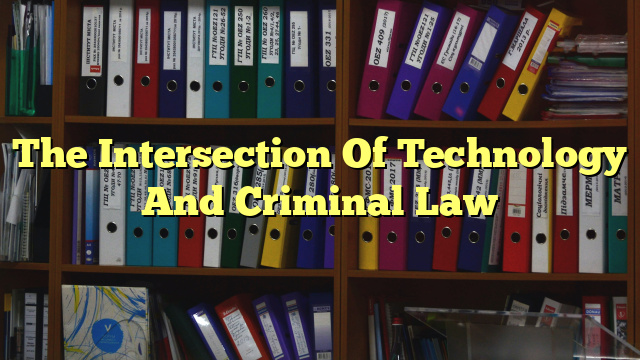Table of Contents
- How does technology impact criminal laws?
- What is the relationship between technology and criminal justice?
- Why is technology important to law enforcement?
- When was technology first used in criminal justice?
Introduction
The intersection of technology and criminal law is a complex and constantly changing field. As technology has become increasingly important in all aspects of our lives, its use in the criminal justice system has grown as well. This article will provide an overview of how technology is used in the criminal justice system and how it is affecting criminal laws.
How does technology impact criminal laws?
Technology is having a significant impact on criminal laws. The use of technology has enabled law enforcement agencies to gather and analyze evidence more quickly and efficiently. This has led to more cases being solved and stronger cases being built against suspects. Technology has also enabled law enforcement to use new forms of surveillance, such as unmanned aerial vehicles and facial recognition software, which has led to new laws being created to regulate these activities. In addition, technology has enabled prosecutors to use previously inaccessible digital evidence to build their cases, leading to more convictions and longer sentences.
What is the relationship between technology and criminal justice?
The relationship between technology and criminal justice is a complex one. Technology is used in virtually every aspect of the criminal justice system, from the investigation and prosecution of cases to the enforcement of sentences. Technology has enabled law enforcement to gather and analyze evidence more quickly, helped prosecutors build stronger cases, aided in the enforcement of sentences, and even been used to help offenders reintegrate into society after their release. Technology is also being used in the courtroom, allowing defendants to access documents and other evidence remotely and to take part in hearings and trials virtually.
Why is technology important to law enforcement?
Technology is an invaluable tool for law enforcement. It can be used for a variety of tasks, from gathering and analyzing evidence to conducting surveillance. Technology can also be used to help law enforcement agencies quickly identify suspects and locate fugitives. Additionally, technology can be used to help law enforcement agencies build stronger cases against suspects, leading to higher conviction rates and longer sentences.
When was technology first used in criminal justice?
The first use of technology in criminal justice dates back to the early 1950s, when police departments began using computers to store and analyze crime data. Since then, technology has been used in virtually every aspect of criminal justice, from the gathering and analyzing of evidence to the enforcement of sentences. Today, technology is used in a variety of ways, including facial recognition software, drones, and virtual hearings.
Conclusion
Technology has had a profound impact on the criminal justice system. It has enabled law enforcement to gather and analyze evidence more quickly, helped prosecutors build stronger cases, contributed to higher conviction rates and longer sentences, and even helped offenders reintegrate into society after their release. As technology continues to evolve, its use in criminal justice will continue to grow as well.


Technology is rapidly changing the legal landscape of criminal laws – interesting to see the intersection of the two!